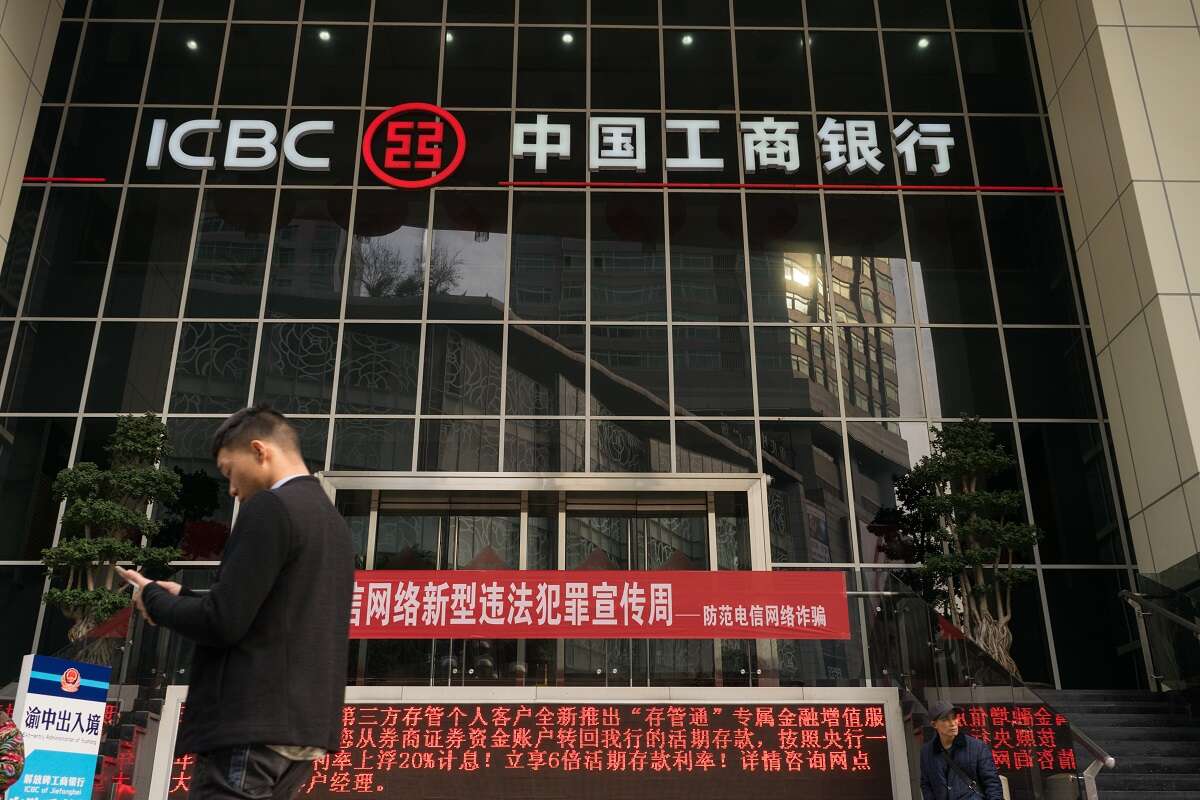China’s big banks post rise in Q3 profits, squeeze on NIM
China’s largest lenders posted a rise in third-quarter profits, although margins were slimmer for some.
The frontrunner was Agricultural Bank of China (AgBank), which reported a 5.88 per cent rise in third quarter net profit.
Four of the country’s other biggest banks also reported profit increases of over 1 per cent in the third-quarter.
Chinese lenders have been struggling with slower profits and lukewarm loan demand amid sluggish recovery in the world’s second-largest economy and a protracted property sector crisis.
The world’s largest commercial lender by assets Industrial and Commercial Bank of China (ICBC), said net profit grew 3.8 per cent year on year in the third quarter.
Following suit were the Bank of China (BoC), the Bank of Communications and China Construction Bank (CCB), which reported 4.38 per cent, 1.2 per cent and 3.79 per cent respectively.
However, three lenders reported a squeeze on net interest margins (NIM)- a key gauge of profitability – and analysts said pressure will continue as government policy initiatives come into play.
BoC posted a NIM of 1.41 per cent at the end of September, from 1.44 per cent at the end of June. Meanwhile, BoCom reported a slight reduction in NIM to 1.28 per cent from 1.29 per cent over the same period.
CCB likewise said NIM fell to 1.52 per cent at the end of September from 1.54 per cent at end-June.
“We expect net interest margin(NIM) pressure to persist in the fourth quarter, as the measures announced by the Chinese authorities to support the economy will likely add to pressure on bank profitability,” said Vivian Xue, a director at Fitch Ratings.
“The effect of the mortgage rate cuts and loan prime rate cuts on NIM will be mitigated by reductions in reserve requirement ratios and deposit rates, but it is unclear whether they will be sufficient to revive credit demand,” she added.
China’s major state-owned lenders earlier this month cut deposit rates for the second time this year, as part of efforts to ease profitability pressure in the wake of a broader stimulus package to revive the economy.
The nation’s financial regulators last month also said it planned to boost capital strength of the top lenders, in a move to help them manage strains in asset quality and prevent systemic financial risks.
The major banks’ capital raising demand is expected to persist in coming years, given the need to support the economy and refinancing pressure as global systemically important banks, said Xue.
Four of the lenders posted steady non-performing loan (NPL) ratios from the end of this quarter relative to the end of June. The only exception is BoC, which saw a slight rise to 1.26 per cent at the end of September from three months ago when it was 1.24 per cent.





